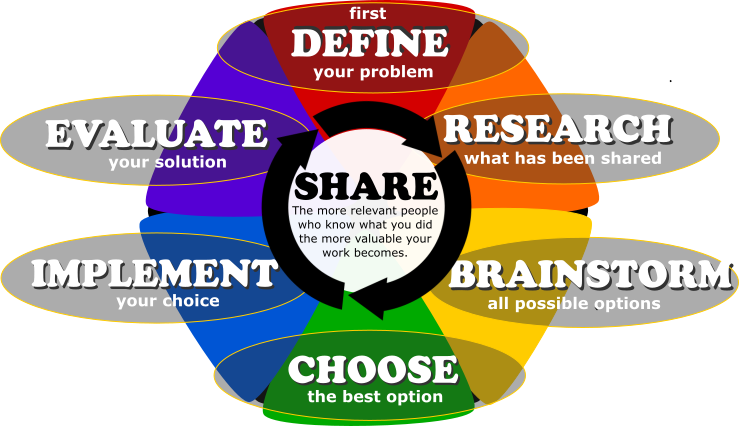Day 06 - Candle WebQuest
Today I have a set of questions for you to answer. They are posted in Google Classroom as today's assignment; be sure to open the document with your name in the title and type your responses directly into that document before clicking the "turn in" button by the end of the bell. Also be sure to check on the results of your candle pour from our previous bell together.
For reference, you should be able to extract all answers from The National Candle Association's Website, which is funded by various candle-industry companies that find it worthwhile to promote candle science in general. The questions are as follows:
- What two molecules are concentrated above a candle flame as the primary exhaust of the combustion reaction?
- What molecule is fed into the base of the candle flame to fuel the combustion reaction?
- What element forms soot during combustion?
- Which part of a candle flame is blue and what does that color indicate?
- Why does a candle flame always point upward?
- If you were able to light a candle in the International Space Station, what shape would you expect the flame to be?
- If you were able to light a candle in the International Space Station, what color would you expect the flame to be?
The above questions only take about 15 minutes to complete. After submitting your responses, take time as a team to write up your recipe for the next time we pour candles. Time permitting, it will be our next class; if we are squeezed for time, we'll have to skip it and move on to the dipped candles.
- Combustion
- any exothermic reaction in which oxygen combines with a fuel
- Covalent Bonds
- bonds formed when two atoms share at least one electron; these are the strongest molecular bonds and thus represent the most potential chemical energy
